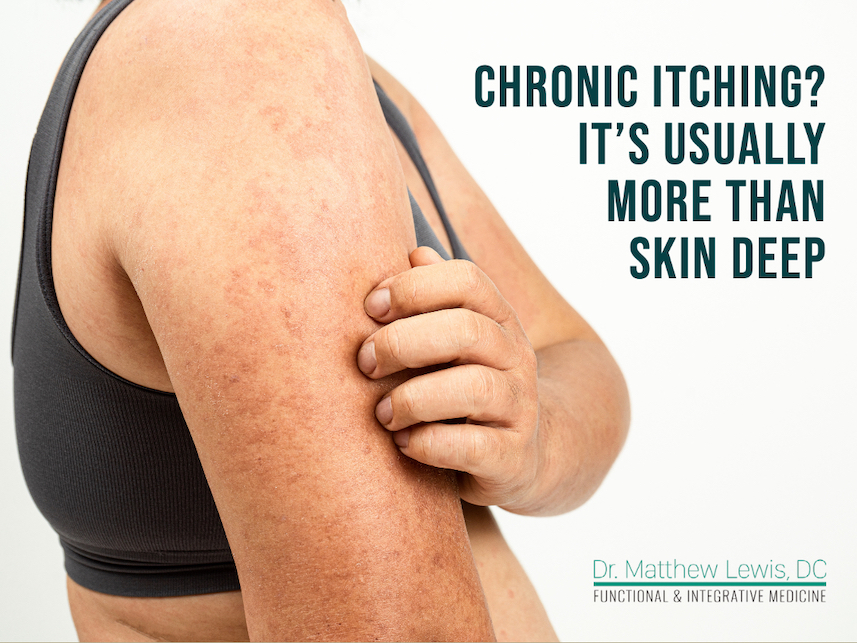Recovering from Lichen Sclerosus: A Patient Case Study — Part One
Editor’s Note: Today, we’re taking another detour from our usual blog posts that present information from our own medical team and staff. As we did a few weeks ago, we’re presenting a case study that we recently received from a patient who wants to share her personal journey with our healthcare practice, this time for a case of Lichen Sclerosus.
Below, in her own words, is 42-year-old Janet’s experience with Lichen Sclerosus. If you’re not familiar with Lichen Sclerosus, it is a chronic inflammatory skin condition primarily affecting the genital and perianal areas, although it can occur on other parts of the body. Common symptoms include:
- Smooth white patches of skin
- Itching, discomfort, and pain
- Easy bruising or tearing
- Painful sex and painful or difficult urination (if it affects the genital area)
The condition is more common in women, particularly those who are postmenopausal, but it can also affect men and children.
Next week, we’ll be back to our normal format with a blog post featuring our plan of care and some additional thoughts about treating patients living with Lichen Sclerosus.
– – – – – – – – – –
My Journey With Lichen Sclerosus
The most important thing I learned from my journey with Lichen Sclerosus is that the first thing I should have done is visited with someone like Dr. Matthew Lewis at PROKOVE Health.
Prior to seeing Dr. Lewis, I had been dealing with the symptoms of Lichen Sclerosus for more than 10 years. At first, I suffered from itch and irritation, but I didn’t have the classic “white patches.” I consulted multiple doctors, primary care and Ob/Gyn, who diagnosed me as having yeast infections and prescribed repeated courses of fluconazole (an anti-fungal medication). Given the inconvenience of repeat visits to doctors who provide little to no relief, I started using over-the-counter creams, suppositories, and probiotics, none of which was very effective.

Four years ago, the disease progressed to the point where I could no longer tolerate it. My skin began to tear when I had intercourse, and I was dealing with persistent irritation and discomfort. I consulted three more Ob/Gyns and received ineffective treatment recommendations — from changing soap and laundry detergent to using prescription estrogen cream to having surgery. I went to a functional medicine doctor and saw minor improvement after addressing nutritional deficiencies and making dietary changes. However, the discomfort was still consuming my life and causing tension in my marriage.
About three years ago, after conducting my own internet research and bringing it to the attention of my doctors, I finally received a diagnosis of Lichen Sclerosus and was prescribed the standard of care — topical steroids. When my condition continued to worsen, my physician performed a series of experimental, in-office procedures with the goal of rejuvenating the affected skin. The procedures brought me no relief, and the only option I was offered was to try another round of procedures. The physician went so far as to say I should lower my expectations. I continued to seek alternative solutions through Chinese medicine, acupuncture, and experimental laser.
In December 2023, we uncovered mold in our home, and I was referred to Dr. Lewis for his expertise in mold and mycotoxin exposure.
My Medical History
Dr. Lewis conducted a thorough review of my Continue reading…










